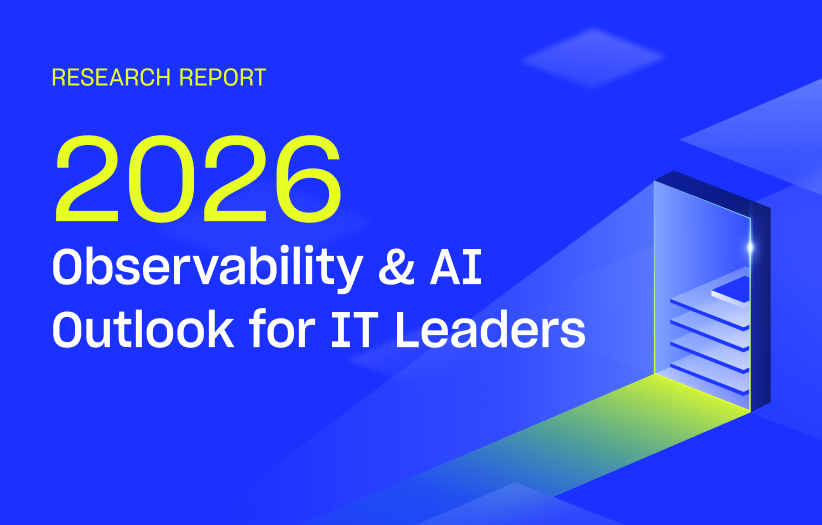It’s a new year and we are celebrating with a new suite of improvements to the LogicMonitor platform! The v.99 Release will be rolled out through mid-January. Some of the changes you will see include:
We have introduced two major improvements to the way you view Netflow data:
- We added filters to Netflow! Filters can be saved per-user in order to view network flows based on source and destination IP addresses, direction, protocol, and/or port(s). This is particularly helpful for viewing traffic across specific connections, such as between office locations. Additionally, these filtered graphs/lists can be copied to dashboards for easy sharing.
- Netflow Top 10 view has been increased to Top 100. This promotes a broader view of the most resource-intensive network flows.
You can now configure the Table Widget dynamically using glob to auto-populate rows! The dynamic view will display Top 10/25/all instances of the *first* configured datapoint (column) in descending order. This is particularly useful if you want real-time insight into the most resource intensive parts of your environment in a table view, ie. the highest CPU utilizations on servers.
There are two new reports available:
- User Report: this report will pull data on each user in your LogicMonitor account, including their provisioned role as well as user-specific settings, such as 2FA enablement, last login and action date, and contact information. This can provide a detailed log of your LogicMonitor account’s users for quarterly/yearly security audits.
- Role Report: this report will display each of the roles in your LogicMonitor account, the users assigned to each role, as well as account-wide permissions available to its assigned users.
Other Improvements
Dashboards
- When importing a dashboard JSON, we will preserve token values instead of clearing them.
- Added the ability to view all results on a single page on the Table Widget.
- You can now choose to display the “Raw Value” of a datapoint on the Gauge Widget, instead of being limited to a percentage. This option is available under ‘Display Settings’ on the gauge widget configuration.
- Added an error message and refresh button for “Query timed out” on widgets. This is typically an internal error and can be corrected by refreshing the widget.
- Added ability to sort the Dynamic Table Widget by each column. This allows you to see the Top X instances of any configured datapoint.
- We will now use the full path of a Dashboard in the “Dashboard” search field.
- The Device Count datapoint on the Pie Chart and Big Number Widgets will now support tokens in the expression. This is helpful for dynamically counting devices in a specific device group, for example: join(system.groups, “,”) =~ “##defaultDeviceGroup##”.
- Added option to “Show 100” lines on the Custom Graph Widget.
- The SLA Widget will now exclude currently active SDTs when the datapoint is configured to ignore SDT periods.
- SLA Widgets can now show in a list mode with up to 50 rows.
- The width of the dashboard sidebar is now adjustable to allow for better viewing of long dashboard names in the Dashboard Tree.
- Private dashboards will be displayed in dropdown fields with the dashboard owner in parenthesis after the dashboard name, i.e. “Dashboard A (admin)”. This will help to distinguish Private dashboards from Public dashboards when selecting a dashboard.
- Improved Custom Graph Widget to preserve order of legend items upon click.
Devices and Services
- You can now focus on a specific group in the Services Panel, similar to the devices panel.
- The navigation pane for Devices and Services can now be dragged to any width between 300-1000 pixels.
LM Cloud
- Added support for monitoring Azure API Management service.
- Added support for grouping by ILPs for monitored EC2 scheduled events and reserved instances. You may find this useful for grouping together upcoming events of the same type, or reserved instance offers that expire at the same time.
- Added the following instance level properties (ILPs) to discovered EC2 scheduled events: event type, event description, and event status. You may find this useful for grouping discovered instances, for example, by status (completed vs. scheduled).
- Added a “Member of these Groups” section for cloud devices. You may find this useful for quickly identifying all groups that a cloud device belongs to.
- It is now possible to report on cloud devices scheduled for auto-deletion. This can be done by creating a device inventory report with the “system.cloud.autodeleteon” property added last release. You may find this useful for identifying cloud devices scheduled to be deleted.
LogicModules
- Added ability to import PropertySources from repository.
Mobile
- You can now filter alerts on the Mobile App by SDT.
Reports
- Alert forecast report now supports ‘Line of best fit’ in addition to the existing % confidence method of forecasting.
- Device Groups can now be listed in the SLA Report.
REST API
- An autoProperties object is now returned for the instances resource.
- Added a new, more direct, path for the data resource: /device/instances/{instanceId}/data. You may find this useful for querying data via the REST API without device and datasource ids.
PLEASE NOTE: Effective v.100 (next release) rate limits will be imposed per-resource for requests to LogicMonitor’s REST API. You can find more information about limits and proximity to limits via response headers here. This enables you to view the rate limits that will be imposed and adjust scripts as needed to work around them.
Support Flow
- Added ability to expand the width of the Support dialog. This improves the readability of support documentation in-app.
- Optimized the time it takes to load the Support dialog.
- We will now provide suggested search terms when a query is misspelled.
Users and Roles
- Added a new API only user type. This user type does not have fields specific to accessing the web user interface, like password. You may find the API only user to be a more secure option for authenticating custom integrations between LM and other tools in your environment, where user interface access isn’t needed.
Bugs Fixed
- When selecting how excluded monitored instances should be handled (removed immediately vs removed after X days), the number of applicable instances was not displayed.
- Fixed
an issue in which Chrome browsers’ auto-fill feature was filling in username and password fields, such as on JDBC DataSources and integration configuration screens. - Improved consistency between Device SLA Dashboard Widget and Device SLA Report calculations. Previously the Dashboard widget calculated “no data” whereas Reports calculated “0” values. Going forward, data points with no data will be calculated as “No Data” in both areas. Note: If SDT is ignored from SLA calculation periods, all datapoints in SLA time range will also be calculated as No Data.
- Clicking Test Steps too quickly on a Service Check could result in an error of “Empty Task ID”.
LogicModule Releases
Below is a list of new and improved LogicModules that were implemented since our last release:
New Monitoring Coverage
- AWS WorkSpaces Directory– 1 DataSource
- AWS VPN NAT Gateway– 1 DataSource
Monitoring Improvements
- VMware vSphere Hardware Sensors
- Fixed bug in which “:” could end up in WILDVALUE and break collection.
- Windows System Event Log
- Filtered out Event Id 10028 to reduce noise
- NTP
- Improvements to datapoint descriptions and alert messages.




